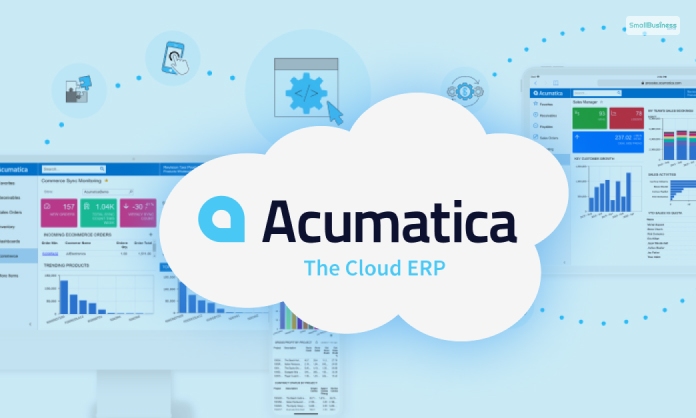Mastering Data Integration: How ETL, ELT, and CDC Drive Business Success
In today’s data-driven world, businesses of all sizes collect vast amounts of information, ranging from customer data to market trends. Harnessing and transforming this data into actionable insights is crucial for business success. This is where data integration comes into play. This article will explore key data integration concepts of ETL, ELT, and CDC, the benefits of data pipeline monitoring, and how these elements drive business success.
Understanding Data Integration

Data integration combines data from various sources into a unified view, allowing for more comprehensive analysis and reporting. It’s like putting together a jigsaw puzzle – each data source is a puzzle piece, and integration is the art of assembling them into a complete picture.
Moreover, in this interconnected world of data, the advantages of data pipeline monitoring cannot be understated. This aspect ensures that this puzzle-building process remains efficient, accurate, and dependable, guaranteeing that your insights are based on trustworthy data sources.
ETL: Extract, Transform, Load
ETL, which stands for Extract, Transform, Load, is a traditional approach to data integration. It involves the following steps:
- Extract: In this phase, data is collected from various sources, such as databases, spreadsheets, or external APIs. This is like gathering all the puzzle pieces from different places.
- Transform: Data is then transformed to fit a common structure or schema. This step includes data cleaning, filtering, and validation. It’s akin to arranging the puzzle pieces so they fit together seamlessly.
- Load: Finally, the transformed data is loaded into a target data warehouse, where it can be readily accessed and analyzed. This is like placing the complete puzzle in a frame for easy viewing.
ETL is a well-established method ideal for batch processing, where data is collected and processed periodically. It’s like completing a jigsaw puzzle at your own pace, one piece at a time.
ELT: Extract, Load, Transform
ELT, or Extract, Load, Transform, is a newer approach to data integration, and it turns the traditional ETL process on its head:
- Extract: Just like in ETL, data is first extracted from various sources. This is the same as gathering all the puzzle pieces.
- Load: Instead of transforming the data immediately, it is loaded into a data warehouse as-is. This is like putting all the puzzle pieces in one place without worrying about fitting them together immediately.
- Transform: The data is then transformed within the data warehouse using powerful processing tools. This approach allows for more flexibility and scalability, making it easier to handle massive volumes of data.
It is particularly useful when dealing with big data, as it allows for data to be ingested quickly and transformed on the fly. It’s like starting to put together a puzzle on the table without worrying about the final frame.
Change Data Capture (CDC)

Change Data Capture (CDC) is a critical concept in data integration, regardless of whether you choose ETL or ELT. CDC is like having a GPS for your data, tracking every change in your source systems in real time.
CDC ensures that any changes to the source data are captured and reflected in the target system without reprocessing all the data. It’s like adding new pieces to the completed puzzle without separating it.
How Data Integration Drives Business Success
Now that we’ve covered the basics let’s explore how mastering data integration can drive business success.
Mastering Data Integration And Improved Decision-Making
With integrated data, businesses can make informed decisions based on a holistic view of their operations. This is like having the full picture of the puzzle, allowing you to see the bigger picture.
Faster Insights
With the help of the CDC, real-time data integration ensures that businesses always work with the latest information. It’s like getting instant updates for your puzzle as you add new pieces.
Capacity to Scale
ELT allows for easy scalability, making it suitable for growing businesses that need to handle larger and more diverse datasets. This is like having the flexibility to complete puzzles of varying sizes.
Reduced Costs
ETL can be cost-effective for smaller operations, allowing you to perform batch-process data transformations. Think of it as assembling smaller puzzles within a larger one – it might take more time, but it’s budget-friendly.
Mastering Data Integration For Better Data Quality
Data integration processes, including ETL and ELT, help improve data quality by cleansing and standardizing data. It’s like ensuring that your puzzle pieces are clean and fit together seamlessly.
Competitive Edge
Businesses harness data integration’s power to gain a significant competitive advantage. It’s like having a head start in the puzzle race, as you can see the complete picture while others are still searching for pieces.
Final Thoughts
Data integration is a fundamental component of modern business operations. Whether you choose ETL, ELT, or a combination of both, mastering data integration can significantly impact your business’s success. It’s like solving a complex puzzle, but with the right approach, you can create a masterpiece that drives informed decisions, faster insights, and a competitive edge. So, embrace the power of data integration and watch your business thrive in this data-driven era.
Continue Reading:




Leave A Comment